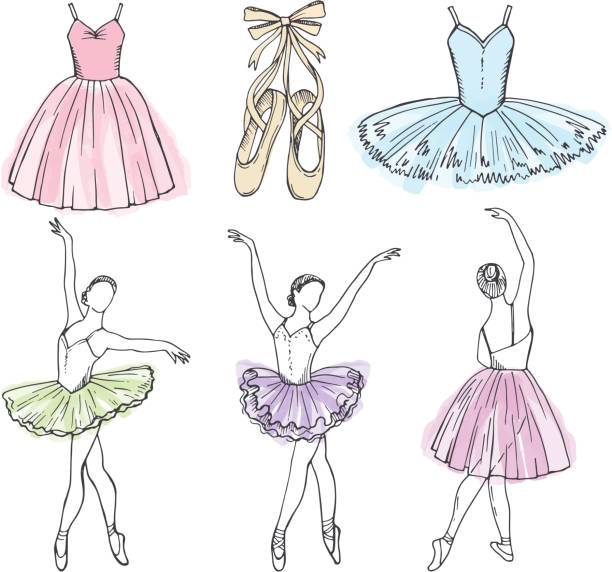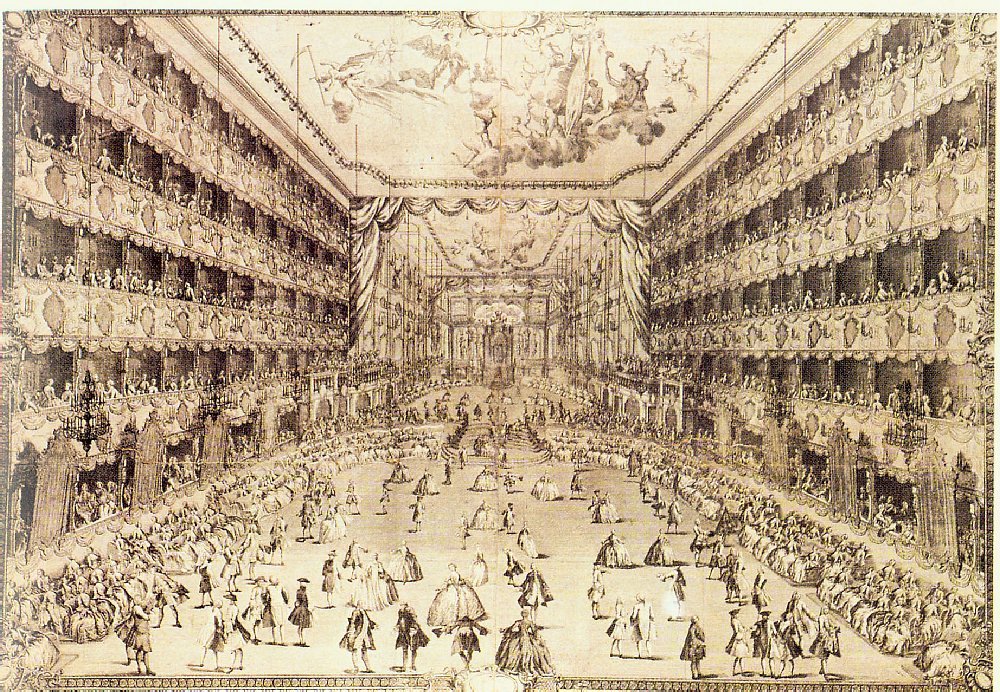On National Tutu Day
The iconic tutu that is known and loved in the ballet community, was made popular back in 1832 by Maria Taglioni at the Paris Opera while performing La Sylphide. Consisting of a form fitting décolleté bodice of silk or linen and a bell-shaped diaphanous skirt of tarlatan or muslin that reached to the calf muscle. While the tutu can be traced back to Maria Taglioni at the Paris Opera, it wasn’t recorded for about 50 years later.
The origin of the tutu may be unknown, but there are a few theories. One of them, is that ‘tutu’ comes from the word tulle- a fine mesh-like fabric, which a tutu is made from. A tutu is a skirt; however, the name is described as a completed ballet costume consisting of a skirt and bodice, that is attached to each other. The most common types of tutus are the romantic and classical versions.
A romantic tutu consists of many layers of tulle that can fall anywhere between the ankle and knee. An outer layer of fabric to make it appear like a dress often covers it. A romantic tutu is often worn for “Romantic” ballets, which falls in the period of 1832-1870. Giselle, presented by Ballet Arizona will be performed at The Madison Center for the Arts from February 9-12, 2023, which is where you can see a few costumes of peasants and wilis in this style of tutu.
Classical tutus came into the spotlight around the 1880s. This style was often worn in what are referred to as “Classical” ballets, such as The Nutcracker and Swan Lake. With more technical demands it required the skirts to be shorter. This style of skirt is worn by princesses or magical beings, similar to the Sugar Plum Fairy in The Nutcracker. They can extend anywhere from twelve to eighteen inches typically coming out from the hips horizontally. The standard classical tutu has 13 layers of stiff tulle.







